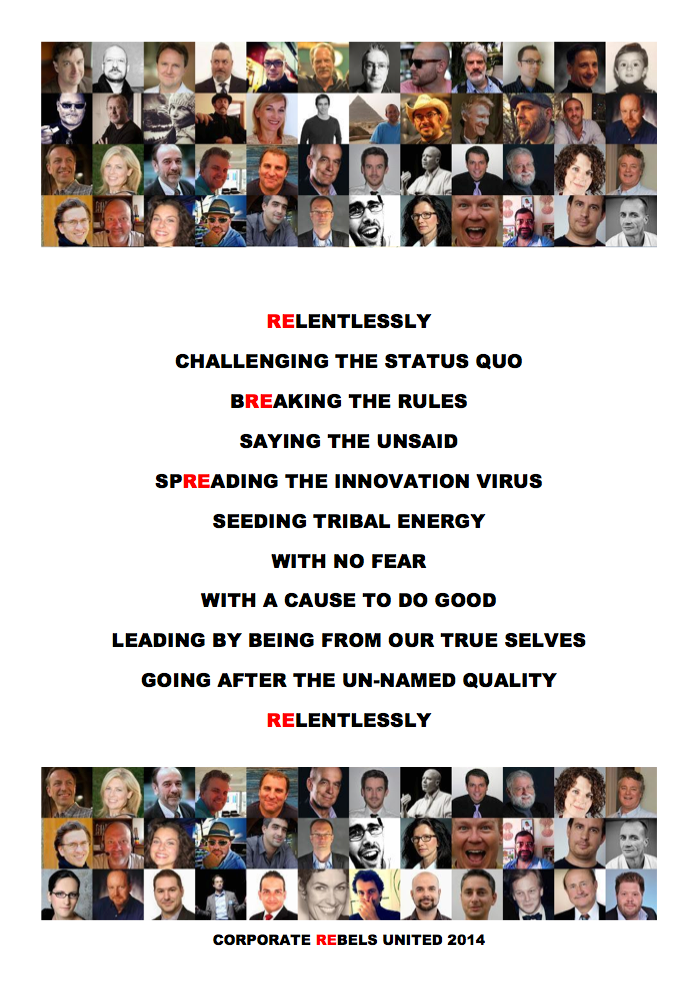The pressure for change is growing in the enterprises. Organizational ambidexterity is in high demand: exploiting the established while exploring the unknown. But how does the new come into the company? And how is it then received there? The usual tayloristic hierarchical structure and way of working is focused on the efficient exploitation of existing business models and products. The truly new, which is not only an incremental improvement of what already exists, and which therefore potentially carries the seeds for the success of tomorrow or the day after tomorrow, unfortunately does not thrive in such a context very well: Neither the new business model or product, which appears insignificant in comparison to the cash-cows, nor innovative ways of organization, leadership and cooperation, which always appear disturbing at first.
While it’s true that every company needs an entrepreneur to get it under way, healthy growth requires a smattering of intrapreneurs who drive new projects and explore new and unexpected directions for business development.
Richard Branson
Any employee who nevertheless aims to meet the easily formulated demands of entrepreneurial thinking and action will automatically annoy the system. And that’s a good thing, because change needs disturbance. On the one hand, through corporate jesters who regularly hold up the mirror to the mighty ones, encourage them to pause and reflect, and thus indirectly effect changes, corporate rebels fight actively in the underground for the new. In line with the idea of ambidexterity and sustainability, both “roles” fulfill an important function, even though both of them hardly ever appear anywhere explicitly.

Already in 1986 (!) Gifford Pinchot III in his book “Intrapreneuring: Why You Don’t Have to Leave the Corporation to Become an Entrepreneur” (Amazon Affiliate Link) put forward 10 commandments for intrapreneurs, to which he later added six more. Based on these commandments of Gifford Pinchot and enriched with a pinch of working out cloud and effectuation, I believe the following ten principles are a good basis for constructive rebelliousness. What do you think of it?
- Be brave — be radical. Come to work every day willing to be fired.
- Have a great vision and clear principles that guide you.
- Focus on the next action you can take here and now, independently of your job description, to get closer to your vision.
- Find some allies, build a network and become a movement.
- Bypasses rules and regulations to achieve your purpose, but never as an end in itself.
- Work underground for as long as possible — too much visibility too early awakens the organization’s immune system.
- Be grateful for support.
- Learn from resistance and defeat.
- Be persistent in your efforts and modest in the expectation of success. (Götz W. Werner)
- Always act for the benefit of the organization and its customers.
First they ignore you, then they laugh at you, then they fight you, then you win.
Mahatma Gandhi (attributed)



